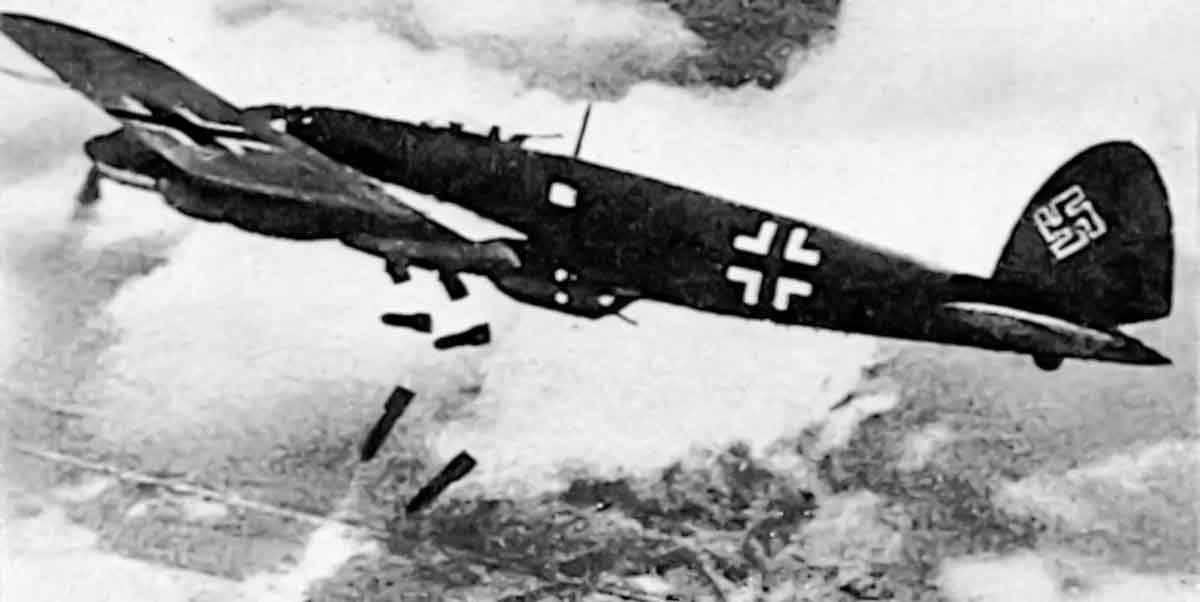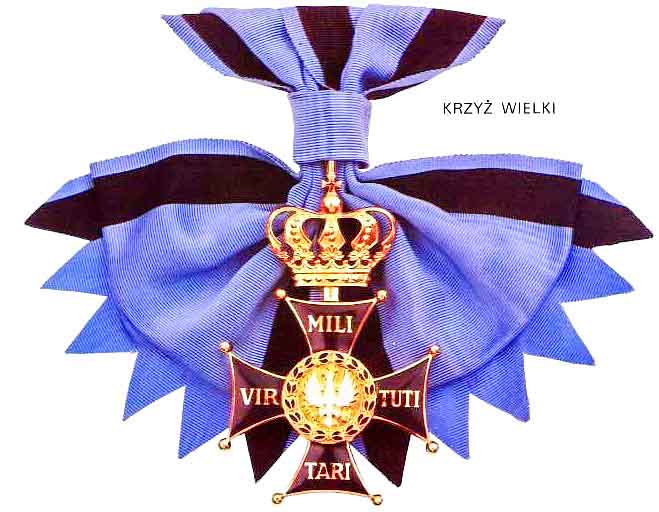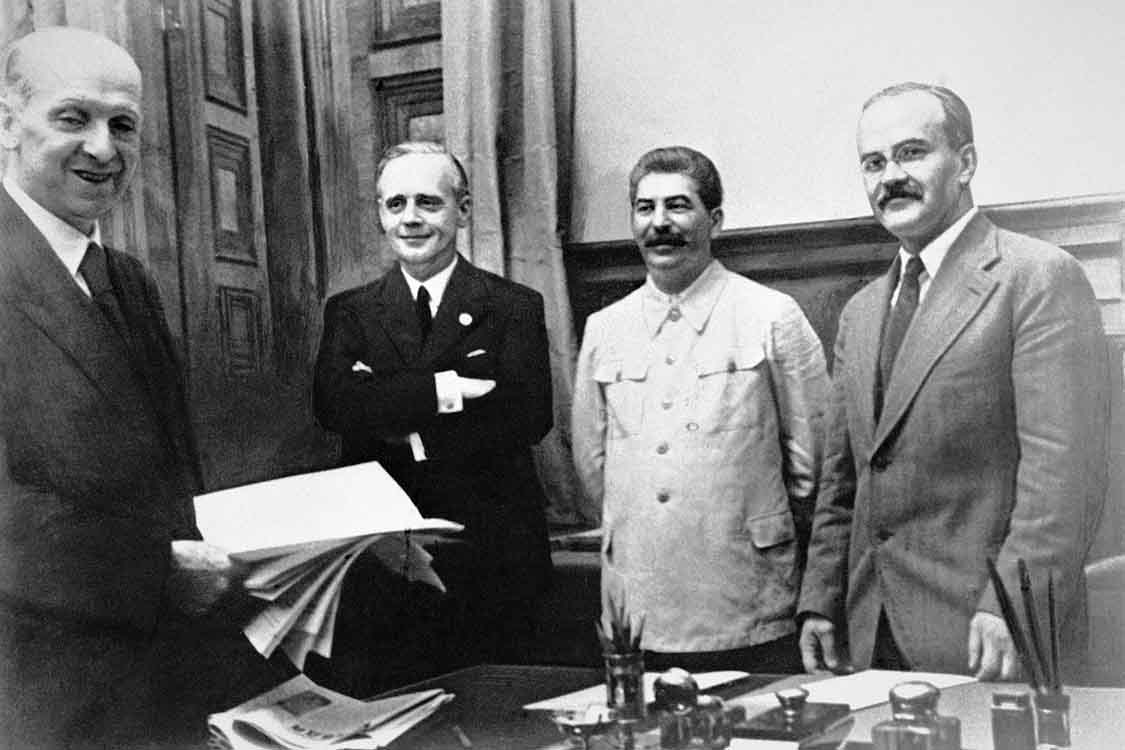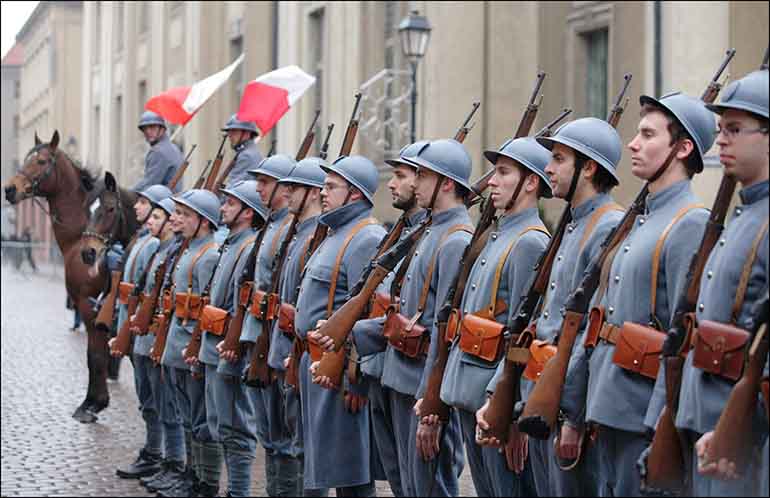On October 4, 1918, General Józef Haller took command of the Polish Army in France. He was the first Polish commander of this formation, nicknamed the "Blue Army" (due to the color of its uniform), which operated in exile during World War I.
Read more... Reading time 2 min.The Little Insurrectionist Monument in Warsaw's Old Town is not only a symbol of remembrance for the youngest participants of the Warsaw Uprising, but also the extraordinary story of the sculpture itself, its creator, and the scouts who led to its creation.
Read more... Reading time 4 min.Poland was doomed to confrontation with the Third Reich and the Soviet Union – a consequence of the policies of the great powers and the balance of power in Europe. It could only slightly hasten or delay this moment. However, in no way could it avoid tragedy.
Read more... Reading time 5 min.On June 22, 1792, King Stanisław August Poniatowski established a new decoration – the Virtuti Militari Order. The order could only be awarded for military merits during the war, or no later than five years after one ends.
Read more... Reading time 4 min.The Iron Curtain that separated the Western and Eastern worlds after World War II was the "adopted daughter" of the Stalin-Hitler agreement of August 1939.
Read more... Reading time 5 min.On September 29, 1610, Polish-Lithuanian Commonwealth troops under the command of Hetman Stanisław Żółkiewski entered Moscow. By October 9, a Polish-Lithuanian garrison occupied the Kremlin. How did this happen, and why wasn't Russia ultimately conquered?
Read more... Reading time 5 min.On June 4, 1917, the Polish Army in France was established. In 1960, also on June 4, its commander, General Józef Haller, died. The history of this formation shows how important for Poland is the connection with the Polish diaspora and Poles living in exile. Without them, regaining independence after World War I and defending it in the years 1919-1921 would have been impossible.
Read more... Reading time 5 min.While another installment of the Polish-Polish war is taking place in Poland's most important legislative institution — the Polish Sejm — and politicians' private grudges dominate the debate on Polish agency and security, the withdrawal of American troops from Polish territory is taking place quietly, without much fanfare.
Read more... Reading time 5 min.The Silent Unseen (pol. Cichociemni) were the elite of the Polish Armed Forces, designated for special tasks. They were among the best trained soldiers in the ranks of the Allies during World War II.
Read more... Reading time 4 min.The tragedy of Poland, and of the Home Army generation, was that the Republic of Poland, attacked by two totalitarian powers bound by an agreement – Germany and the Soviet Union – did not regain independence after the end of World War II.
Read more... Reading time 10 min.Under the yoke of brutal occupation, Poles managed to create the Home Army – a well-organised armed force that served the entire free world.
Read more... Reading time 6 min.












